Cooking shrimp perfectly can be a delicate task, especially for those who are new to the kitchen or unfamiliar with seafood preparation. Boiling shrimp is a popular method because it’s straightforward, quick, and preserves the natural flavors and nutrients of the shrimp. However, one of the most common challenges in boiling shrimp is knowing precisely when they are fully cooked. Overcooking can lead to rubbery, dry shrimp, while undercooking poses food safety risks and can leave an unpleasant texture and taste. In this article, we’ll explore various techniques and indicators to help you determine if your boiled shrimp are fully cooked.
Understanding the Cooking Process
Before diving into the specifics of how to check for doneness, it’s essential to understand the basic cooking process of shrimp. Shrimp are relatively small and thin, which means they cook quickly. The cooking time can vary depending on the size of the shrimp, but generally, it ranges from 2 to 5 minutes in boiling water. The key to successful shrimp boiling lies in maintaining a consistent temperature and using a reliable method to check for doneness.
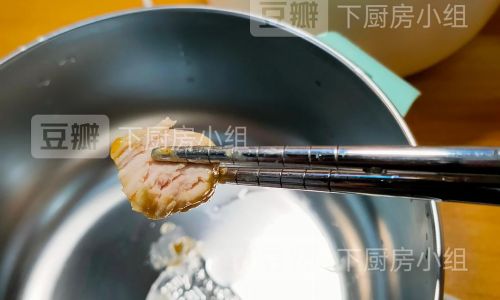
Visual Indicators
One of the simplest ways to assess if shrimp are cooked is by observing their color. Raw shrimp are typically grayish-white or translucent, with a slightly opalescent appearance. As they cook, the shrimp will turn a vibrant pink or red, depending on the species. This color change is a clear sign that the shrimp are undergoing a transformation from raw to cooked. However, color alone is not sufficient to determine doneness conclusively, as the exterior can turn pink while the interior remains undercooked.
Texture Check
A more reliable method is to check the texture of the shrimp. Fully cooked shrimp should have a firm, opaque flesh that feels slightly springy when pressed. Undercooked shrimp will feel softer and more mushy, while overcooked shrimp can become rubbery and tough. To perform a texture check, carefully remove one shrimp from the pot using a slotted spoon or tongs. Let it cool slightly, then gently press the flesh between your thumb and forefinger. If it feels firm and slightly springy, it’s likely cooked. If it’s too soft or feels like it’s giving in too easily, it needs more time.
The Curl Factor
Another visual cue is the curl of the shrimp. As shrimp cook, they tend to curl into a C-shape. This curling is a natural reaction to the heat and is a good indicator that the shrimp are cooking properly. While not all shrimp will curl perfectly, a noticeable curl is usually a sign that they are on their way to being fully cooked. Keep in mind that some shrimp species may curl more than others, so this method should be used in conjunction with other indicators.

Using a Thermometer
For those who prefer a more scientific approach, using a food thermometer can provide an accurate reading of the shrimp’s internal temperature. The safe internal temperature for cooked shrimp is 145°F (63°C). Insert the thermometer into the thickest part of the shrimp, avoiding the tail and head. If the thermometer reads 145°F or higher, the shrimp are fully cooked. However, it’s important to note that shrimp cook so quickly that using a thermometer can be cumbersome and may delay the cooking process. Therefore, this method is best suited for those who are particularly concerned about food safety or who are cooking shrimp for a large group and need to ensure consistency.
Taste Test
Finally, nothing beats a taste test for determining doneness. Carefully remove a shrimp from the pot, let it cool enough to handle, and then peel and taste it. Fully cooked shrimp should have a tender, slightly sweet flavor with a firm texture. Undercooked shrimp may have a slimy texture and a raw, fishy taste. Overcooked shrimp will be dry and rubbery. Remember, this method requires you to handle the shrimp, so ensure they are not too hot before tasting.
Practical Tips for Perfectly Cooked Shrimp
- Use Fresh or High-Quality Frozen Shrimp: Start with the best ingredients to ensure the best results. Fresh shrimp are ideal, but if using frozen shrimp, make sure they are thawed properly before cooking.
- Bring Water to a Rolling Boil: Ensure the water is boiling vigorously before adding the shrimp. This helps to cook them evenly and quickly.
- Avoid Overcrowding: Don’t add too many shrimp to the pot at once. Overcrowding can lower the water temperature and extend the cooking time.
- Season the Water: Adding a pinch of salt, a few slices of lemon, or a bay leaf to the boiling water can enhance the flavor of the shrimp.
- Ice Bath: For extra firmness, plunge the cooked shrimp into an ice water bath immediately after removing them from the pot. This stops the cooking process and helps to set the texture.
In conclusion, determining if boiled shrimp are fully cooked involves a combination of visual inspection, texture check, and, optionally, using a thermometer or taste test. By paying attention to these indicators and following best practices for shrimp boiling, you can enjoy perfectly cooked shrimp that are tender, flavorful, and safe to eat. With a bit of practice, you’ll soon become an expert at boiling shrimp and will be able to impress your guests with delicious, restaurant-quality dishes.
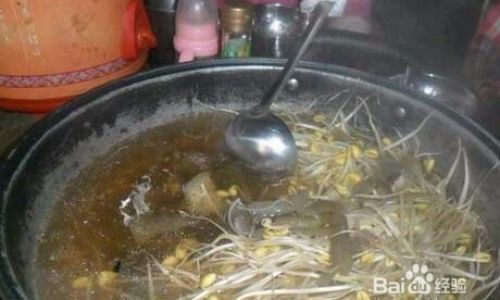

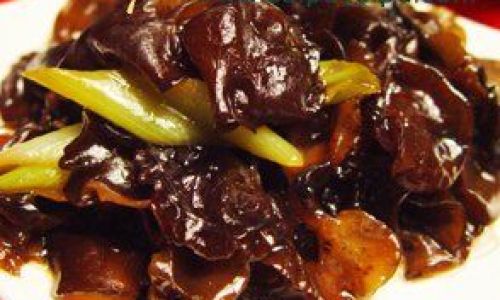
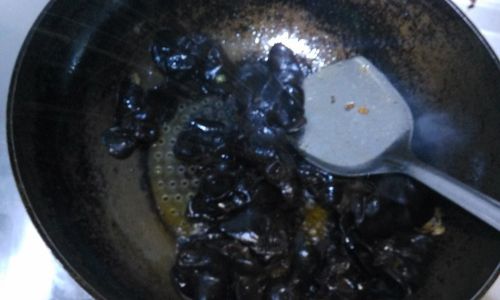
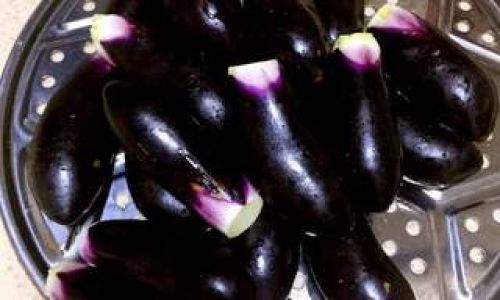
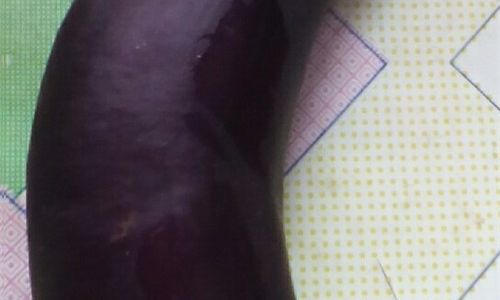
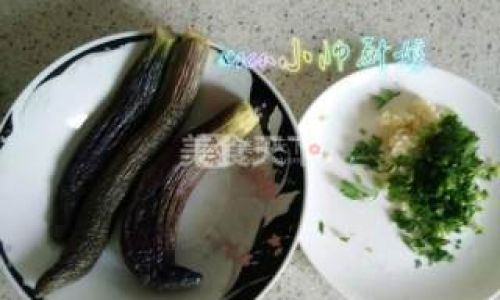
0 comments